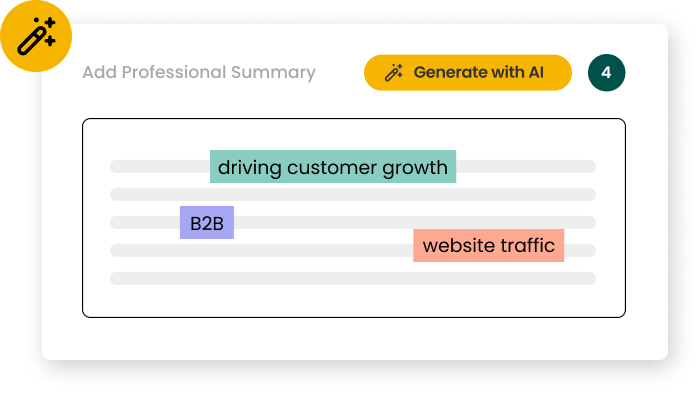How long should I make my Civil Project Engineer resume?
For a Civil Project Engineer resume in 2025, aim for a concise two-page document. This length allows you to showcase your technical skills, project experience, and achievements without overwhelming recruiters. Prioritize recent, relevant projects and quantify your impact where possible. Use bullet points to highlight key responsibilities and accomplishments, ensuring each entry adds value to your application.
A hybrid format works best for Civil Project Engineers, combining chronological work history with a skills-based approach. This format effectively showcases your technical expertise and project management abilities. Include sections for summary, skills, work experience, education, and certifications. Use a clean, professional layout with consistent formatting. Incorporate industry-specific keywords and focus on quantifiable achievements to stand out.
What certifications should I include on my Civil Project Engineer resume?
Key certifications for Civil Project Engineers include Professional Engineer (PE) license, Project Management Professional (PMP), and LEED Accredited Professional. These certifications demonstrate your expertise, commitment to professional development, and knowledge of sustainable practices. List certifications prominently near the top of your resume, including the certification name, issuing organization, and date of acquisition or renewal.
What are the most common mistakes to avoid on a Civil Project Engineer resume?
Common mistakes to avoid include overemphasizing academic achievements at the expense of practical experience, failing to quantify project impacts, and using overly technical jargon. To avoid these, focus on showcasing your hands-on project experience, use metrics to demonstrate your contributions, and balance technical terms with clear, accessible language. Always tailor your resume to the specific job description and proofread carefully for errors.
